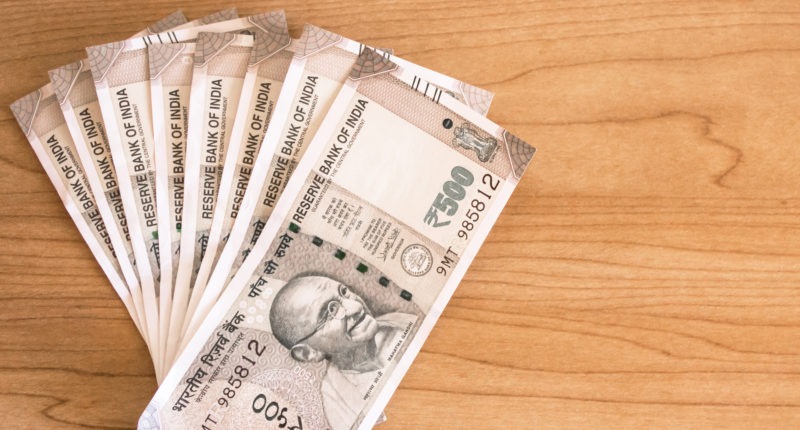The Centre’s interest payments will rise again this fiscal. The Centre’s interest payments were about 48% of its net tax receipts in FY21 before moderating to 43% in FY22 and might cross the 50% in FY24. The state’s interest costs might also spike similarly, constricting capital expenditure from the Central and state budgets.
The rate hike cycle commenced by the Reserve Bank of India (RBI) to control inflation will impact the government’s interest costs starting from H2 FY23. It will be more evident in FY24.
Estimation of Interest Payment and Nominal GDP in Budget FY23
The Budget FY23 estimated the Centre’s interest payments to be 48.6% of its net tax receipts this year due to a sharp increase in the borrowing size in FY21 (Rs.12.6 trillion) and FY22 (Rs.10.47 trillion). It projected the quantum of the borrowings to increase to a record of Rs.14.95 trillion in FY23, which will raise the debt servicing costs to a high level coupled with high-interest rates in the short and medium-term.
Based on the first advance estimate by the National Statistical Office (NSO), the Budget projected nominal GDP growth of 11.1% in FY23. Based on the second advance estimate, the growth needed to achieve the budgeted nominal GDP is only 9.1%. However, the nominal GDP growth could be as high as 14% due to the 7.2% real GDP growth rate projected by the RBI and a likely GDP deflator of 6 to 7%.
Impact on Government Debt
The Centre’s net tax revenues in FY23 could be Rs.1.7 trillion higher than the budgeted estimate of Rs.19.35 trillion. However, the present revenue buoyancy would be denied if the economic growth continues to stumble over the next few years.
The geopolitical tensions that cannot be foreseen when the Centre and states prepare their budgets for FY23 will change many variables, including nominal GDP size and tax receipts, and impact the magnitude of the government debt.
After the rate hike by the RBI on May 4, the ten year Central Government securities (G-secs) yield closed at a three-year high at 7.38%. Analysts expect that the benchmark yield could soon be in the range of 8 to 8.5%. Many states may have to raise State Development Loans (SDLs) rate to 50 bps higher than the G-secs.
The Vice-Chancellor of Dr BR Ambedkar School of Economics University, Bengaluru, N R Bhanumurthy, stated that recovery in the growth rate would bring down the debt-GDP ratio. Still, the Centre and states should continue to give thrust to more growth, including CAPEX, to bring down the combined debt level to about 80% in five years.
For any clarifications/feedback on the topic, please contact the writer at mayashree.acharya@cleartax.in

I am an Advocate by profession. I interpret laws and put them in simple words. I love to explore and try new things in life.




